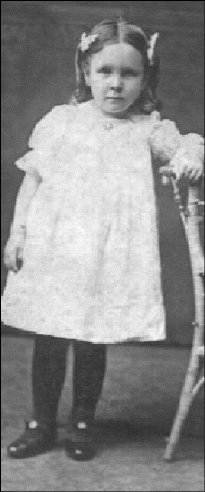|
1820 - 1960
The years following
1820 have been divided into three great periods of immigration to the United States, with
the immigrants coming primarily from different regions.
1.
1820 to1860: Great Britain, Ireland, western Germany; 2. 1860 to 1890: the previous three countries continued to
supply a majority of immigrants, however the Scandinavian countries provided a growing
minority; 3. 1890 to 1910: the immigration
from northern and western Europe declined considerably. The majority (one-half to
two-thirds) were from eastern and southern Europe, Austria, Hungary, Italy and Russia.
From 1905 to 1914, an average of more than a million foreigners arrived each year.
After the outbreak of World War I, the
average dropped to just over 250,000 annually for the years 1915 to 1918. In 1921, the
number rose to 800,000. Thereafter, the number of immigrants fell depending on conditions
in Europe and limitations established by newly-established U.S. laws governing
immigration.
Immigration to the United States reached a peak in the years 1901 to 1910 when
8,795,386 individuals, men, women and children, arrived on U.S. shores seeking a better
life. The following numbers show the amount of immigrants to the U.S. for the years
1821-1950:
1821-1930: 143,439; 1831-1840: 599,125; 1841-1850: 713,251; 1851-1860: 2,598,214;
1861-1870: 2,314,824; 1871-1880: 2,812,191; 1881-1890: 5,246,613; 1891-1900: 3,687,564;
1901-1910: 8,795,386; 1911-1920: 5,735,811; 1921-1930: 4,107,209; 1931-1940: 528,431;
1941-1950: 2,515,479
French immigrants settled in the Versailles (Darke
County) area, French Town, Russia and, at that time, came to America primarily because of
the Napoleonic Wars.
Settlers from the British Isles continued to come due to abject poverty caused by
economic conditions and industrial modernization that eliminated workers’ jobs. Those
who retained positions watched their wages spiral downward to poverty levels. All this
occurred during a time (Queen Victoria’s reign 1837-1901) when Britain became the
richest nation on earth.
Other major migrations to the U.S., with very few of them settling in Shelby County,
were: Scandinavians (1870s to 1900s) about 1 1/2 million left home
due to poverty; shortage of farmland. Poles (1880s to 1920s) about
1 million left home due to poverty, political repression; cholera epidemics. Jews from Eastern Europe (1880s to 1920s) left home due to religious persecution. Austrians,
Czechs, Hungarians, Slovaks (1880s to 1920s) about 4 million left home due to
poverty; overpopulation. Italians (1880s to 1920s) about 4 1/2 million
left home due to poverty; overpopulation. Mexicans (1910 to 1920s) about
700,000 left home due to Mexican Revolution of 1910; low wages and unemployment. From
1950s to 1980s about 2 million left home due to poverty; unemployment. Dominicans,
Haitians, and Jamaicans (1970s and 1980s) about 900,000 left
home due to poverty; unemployment. Vietnamese (1970s and 1980s) about
500,000 left home due to Vietnam War (1957-1975); Communist take-over.
'Immigration'
segment written in November, 1997 by David
Lodge
[ Back to Immigration Index ]
|

